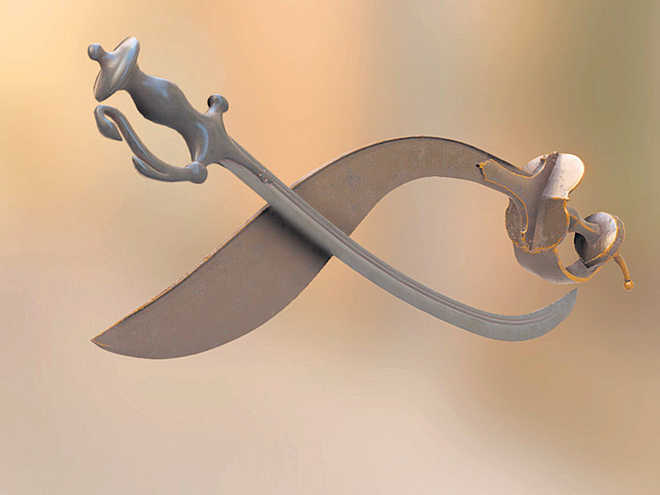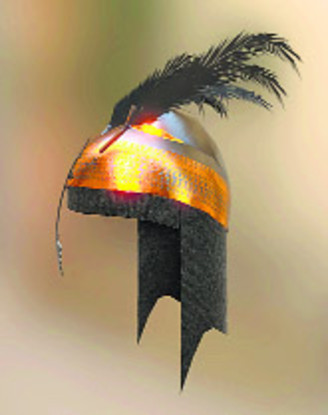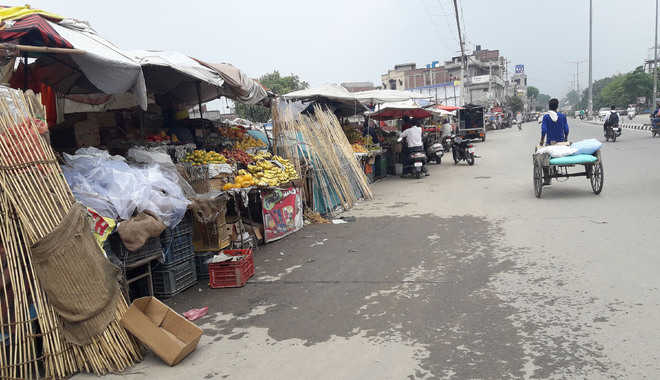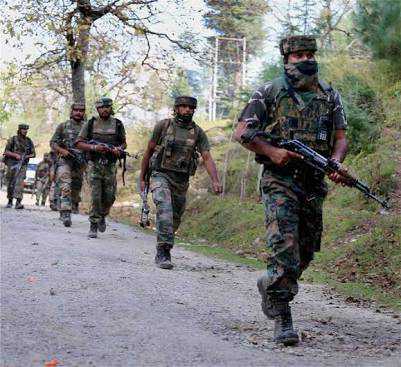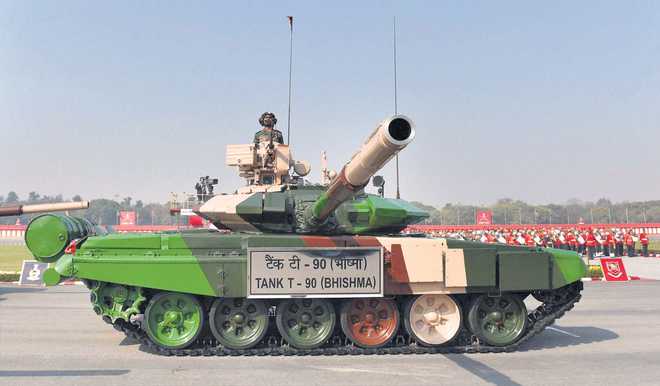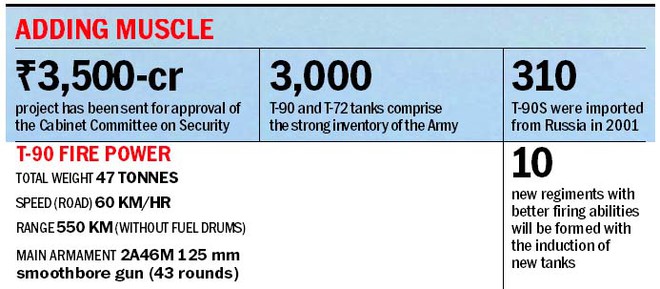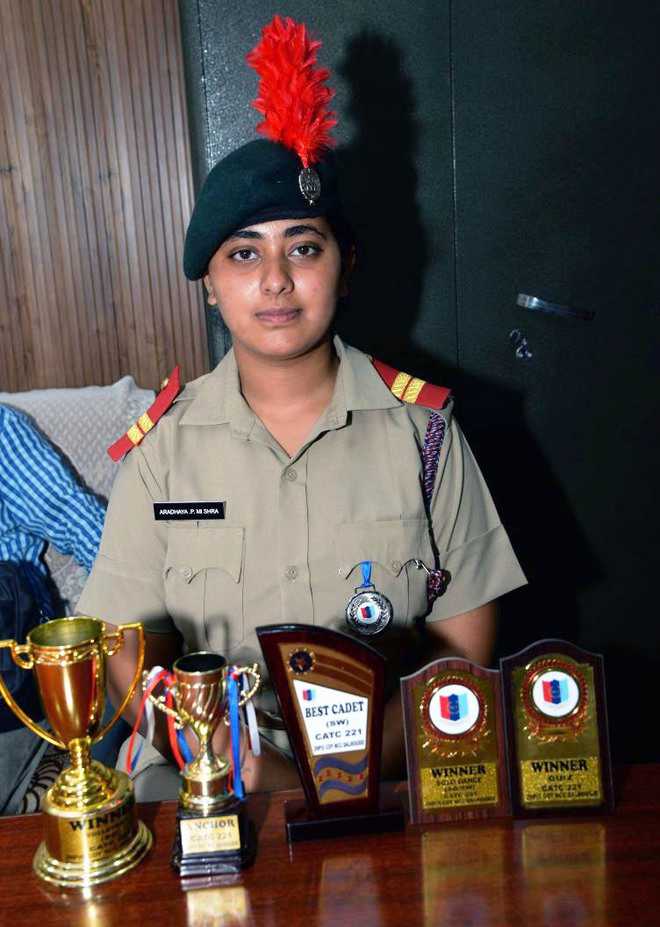Pakistan PM-elect Imran Khan’s advocacy for a peaceful dialogue with India eschewing old issues has been appreciated by separatists and pro-India groups but hardliners do not share their exuberance in his win

A CHANCE TO PEACE: Kashmiri politicians want Khan to implement what he is saying.
Zafar Meraj
A J&K-based senior journalist The first speech of Imran Khan as Pakistan’s Prime Minister-elect, especially his remarks about resolving the decades-old Kashmir issue, amicably and at the dialogue table, has rekindled the hope of peace among the people here. For almost after over a decade, to be precise after the exit of President Pervez Musharraf from the political scene, it is the first time that any Pakistani politician of significance has expressed his readiness to enter into a direct dialogue with New Delhi on Kashmir and is not talking about UN resolutions and self-determination.Even though news and other TV channels beamed from across the border are banned by the authorities in Kashmir, the people here, keen to know about the developments in Pakistan, watch these channels with internet.On Thursday, as most of the opposition parties questioned the poll results amidst allegations of large-scale rigging, Imran Khan made a “victory speech”, giving broad hints of the policies he envisages for the new government on national and international issues. In the course of his speech, Khan, while talking about his country’s relations with the neighbouring India, made a special mention of Kashmir, terming it as the “biggest contention” between the two countries. “I am saying with conviction that it is important for the subcontinent that our issues are resolved. This can only be done through dialogue,” he said. Advocating a peaceful dialogue with New Delhi, Imran said: “We are stuck at square one. If India comes and takes one step towards us, we will take two steps toward them.”His remarks have been appreciated by almost all political players in Kashmir, from separatists to pro-Indian groups, with the hope that better sense will prevail in the two countries and they restart the suspended dialogue process to bring an end to the issue that has led to a large-scale bloodbath in the valley. From moderate separatist leader Mirwaiz Farooq to National Conference supremo Farooq Abdullah, Kashmiri politicians have welcomed Khan’s statement amidst hope that a new era of peace dawns in the subcontinent. Mirwaiz in his tweet said: “We welcome the statement of PTI chief Imran Khan calling for resolution of Kashmir dispute through dialogue in view of huge human cost of this long-standing dispute, especially being borne by the people of Kashmir. Hope the two neighbours give real peace a chance.”Former Chief Minister and National Conference vice-president Omar Abdullah re-tweeted many comments on Pakistani election results. Another former chief minister and PDP president Mehbooba Mufti expressed hope that the election would lead to a stable government as a democratic Pakistan is in the best interests of its neighbourhood, especially India. A senior separatist leader, Prof Abdul Ghani Bhat, called Imran’s statement as a “positive start”. “I am always an optimistic person. The people of Pakistan have chosen him. I don’t doubt the sense of judgment of the people of Pakistan,” said the professor who is a former chairman of the Hurriyat Conference, an amalgam of over a dozen separatist groups. Farooq Abdullah called Imran’s statement that he wanted to have a cordial, friendly relationship with India as “kind-hearted”, adding that “we want him to implement what he is saying.”Pro-independence JKLF chairman Yasin Malik, while welcoming Khan’s statement, chose the occasion to recall his intimate relations with Imran and his concern for the resolution of the Kashmir issue. Malik said that in October, 2005, when a devastating earthquake hit Kashmir on both sides of the Line of Control, Imran Khan, who was then struggling to make his mark on the country’s political landscape, “spent Eid with victims in Pakistan-administered Kashmir along with me.” Yasin Malik said he accompanied the cricketer-turned-politician and some well-known stars from the Pakistan film industry and singers to various refugee camps and spent time with children to express solidarity with them.”There was devastation all around. I, along with Imran Khan and Pakistan film stars and singers, spent two nights in tents in our effort to bring a smile on the faces of people,” Malik told the Greater Kashmir.According to Malik, they played a cricket match in one of the quake-affected areas. During the match, Khan bowled to Malik while film stars and singers played as fielders. Malik had met Khan at Islamabad and jointly addressed a press conference, talking about their plans to spend Eid and some days with the quake sufferers. Khan, according to Malik, drove him from Islamabad to Muzaffarabad. However, the hardline section of Kashmiri separatists, led by octogenarian Syed Ali Shah Geelani, has remain guarded, refusing to make any direct comment on the statement made by Imran Khan. A spokesman of the Hurriyat Conference, led by Geelani, maintained that the party would react to Imran’s statement in a day or two after he formally forms the government. “We will issue a statement about it. Let’s wait for some time,” he said.Appreciation for Imran Khan’s statement apart, the rejection of right wing extremists’ forces in the Pakistan elections has also been welcomed here. Mehbooba Mufti said, “It is heartening to know that the people of Pakistan have rejected extremist forces in the elections. That is the strength of democracy.”A prominent netizen, Mohammad Afaq Sayeed, while commenting on the defeat of Islamic parties in the election wrote on Facebook: “Despite forming an absolute alliance, cumulative of all Islamic parties is stagnant at just 6 seats. Pakistan has never voted religious parties in. That is the most significant difference between Pakistani democracy and Indian democracy.”However, a senior leader of the pro-Pakistan Jamat Islami, Zahid Ali, stirred a controversy when he said that “Pakistan has rejected Islam” by not voting Islamist parties to power. “Pakistani people proved beyond doubt that they never like Islamic system of life though they call themselves MUSLIMS! Virtually they inadvertently rejected Islam,” Zahid, who is also the spokesman of the party in Jammu and Kashmir, wrote on his Facebook official account.Zahid’s remarks came in for sharp criticism by netizens, with a senior teacher reminding Zahid that his counterparts in Pakistan have been part of different coalitions, including the Khyber Pakhtunkhwa province, where Imran’s PTI is in power. “Absurd comment; voting or no voting for a party does not mean rejection of Islam,” he said.
